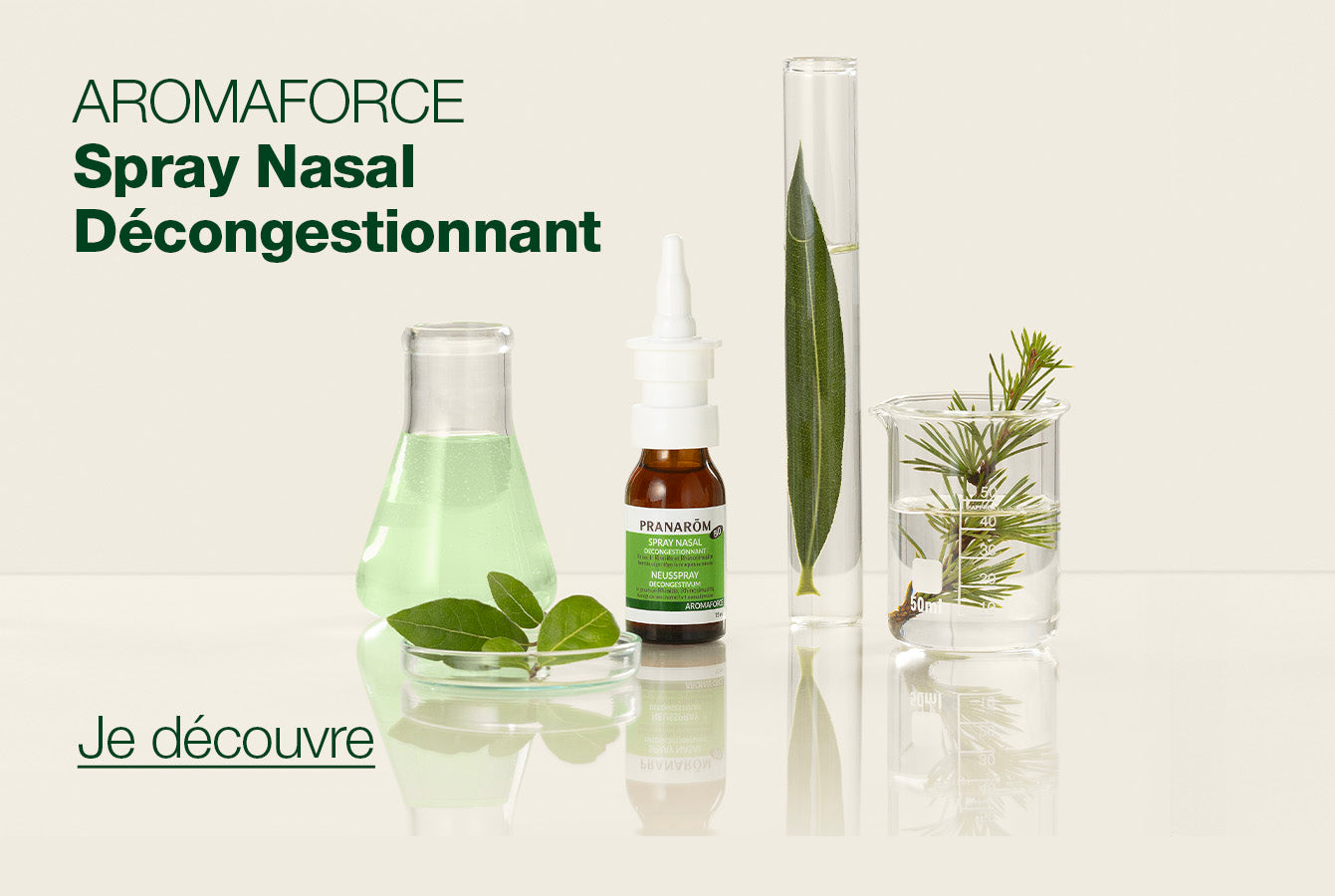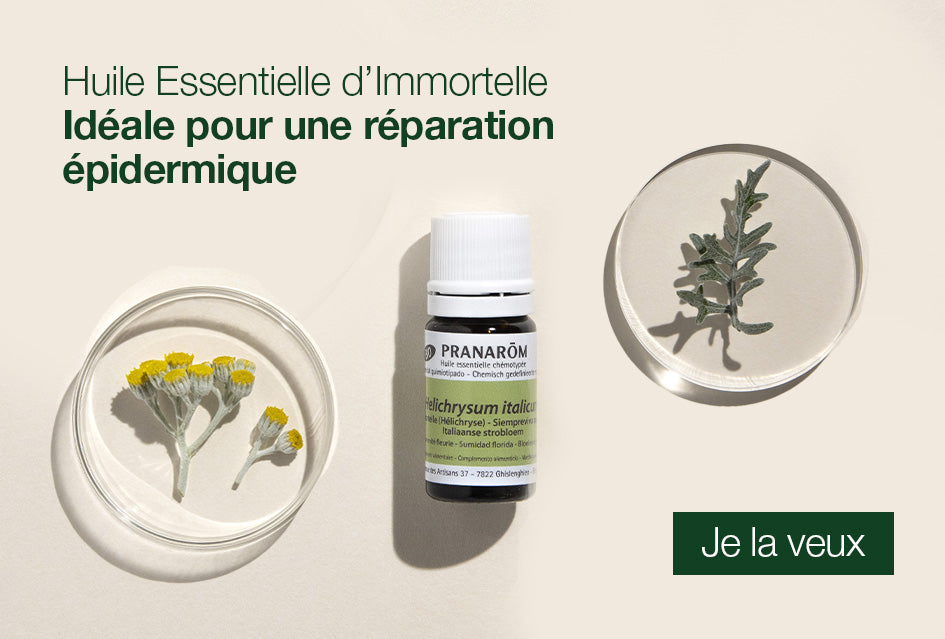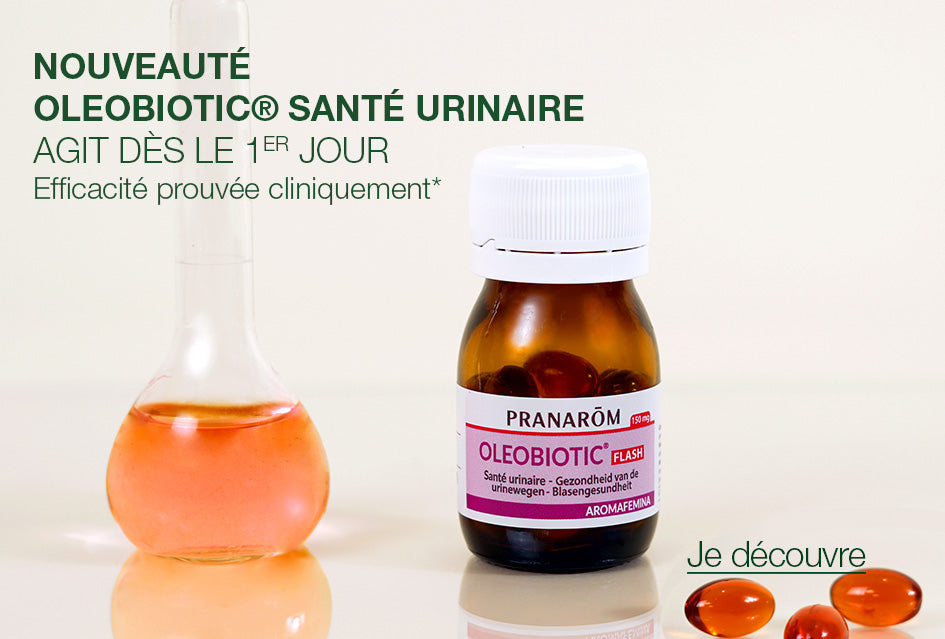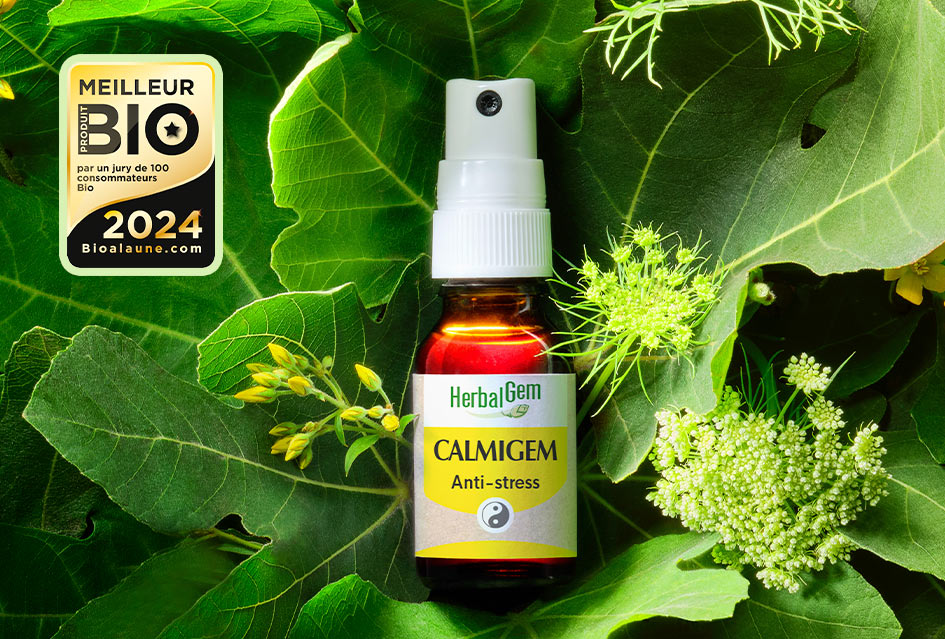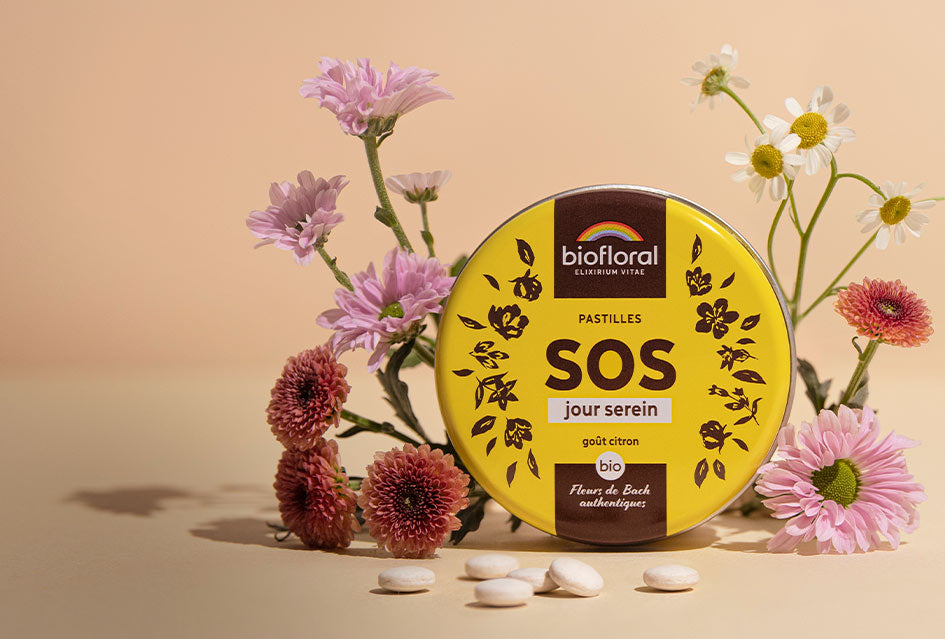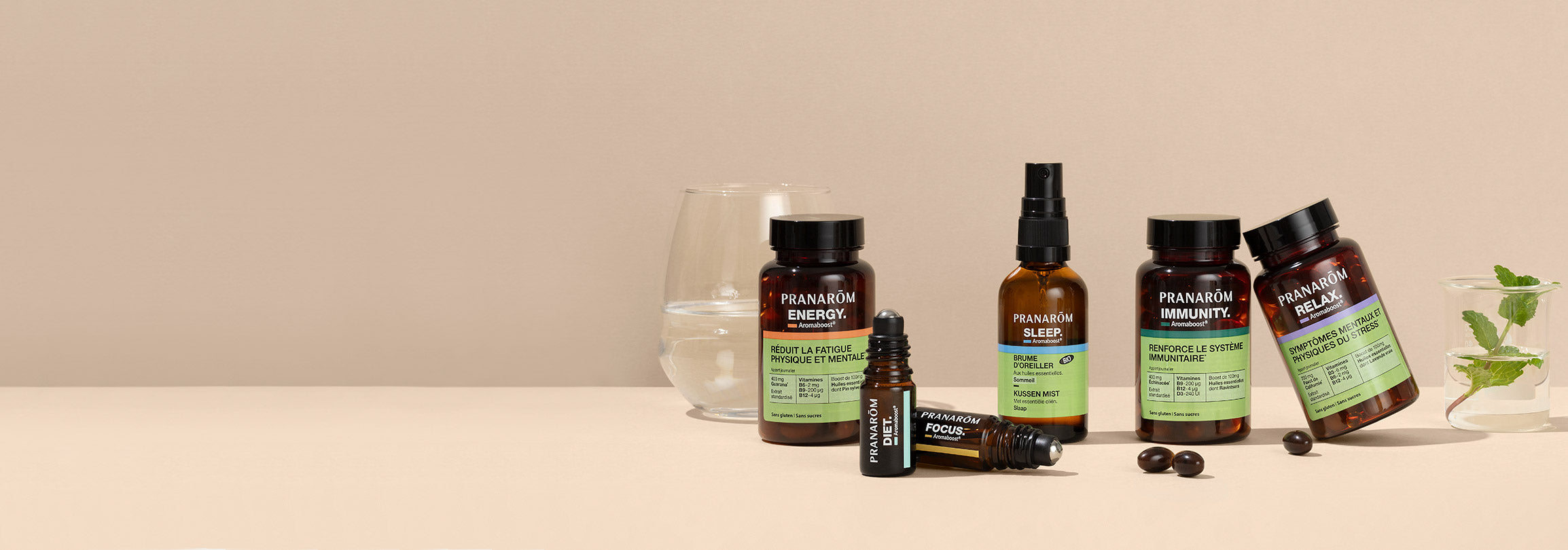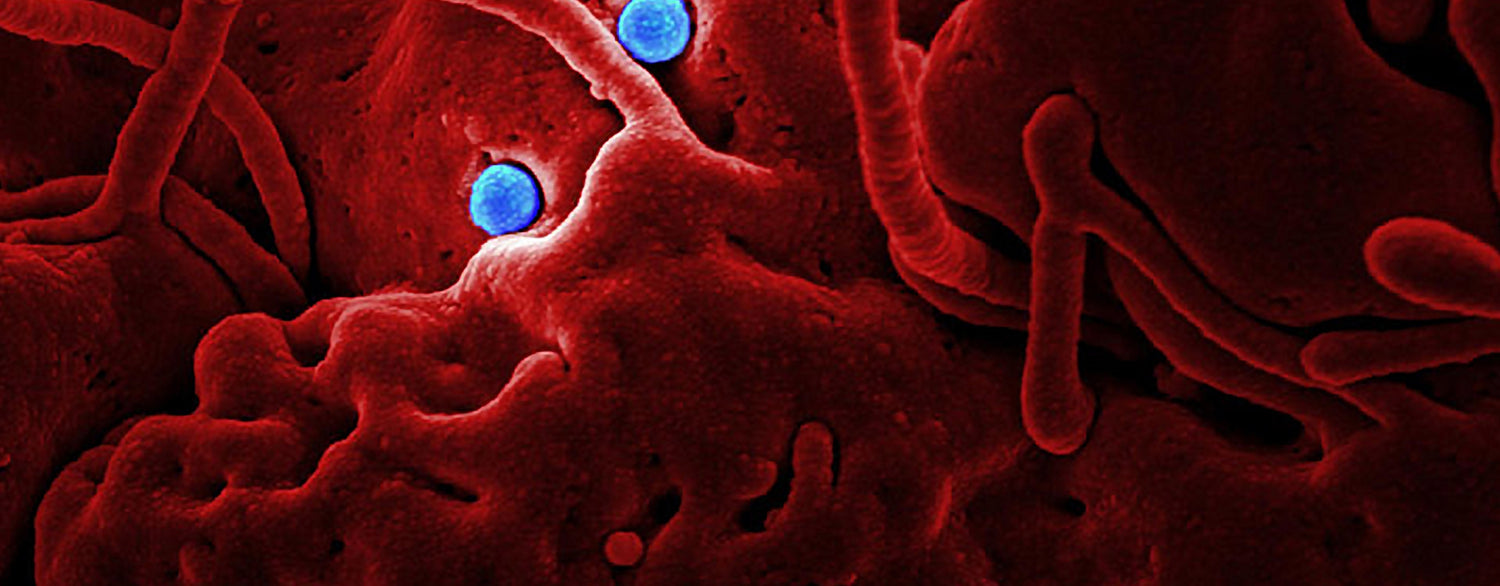There are many questions about the use of Essential Oils against Covid as an antiviral means, particularly in the face of the coronavirus epidemic.
Are essential oils effective against coronavirus? Let’s sort out the truth from the falsehood in this article!
Essential oils and Covid: let’s take stock
There has been growing interest in the use of essential oils amid the COVID-19 pandemic , but it is critical to note that essential oils are not a cure or prevention for coronavirus.
However, they can play a complementary role in maintaining general health and well-being.
Between essential oils and Covid , scientists and doctors have examined the potential antiviral properties of ravintsara and eucalyptus.
Ravintsara essential oil is recognized for its immune stimulating power , while eucalyptus has antiseptic and anti-inflammatory properties .
However, it is important to note that these properties have not been proven specifically for coronavirus.
Tea tree is another anti-Covid essential oil that has been studied for its antiviral potential. However, evidence of its effectiveness against COVID-19 is limited.
It is fundamental to follow the recommendations of official health authorities to prevent transmission of the virus, including wearing a mask, frequent hand washing and vaccination.
Essential oils for Covid can be used in aromatherapy to promote relaxation, reduce stress and improve mental well-being during this difficult time.
Aromatherapy can be a valuable resource for maintaining mental and physical health, but it should not replace official medical measures in the event of COVID-19 infection . It is essential to consult a healthcare professional before using essential oils, especially if you have any underlying health conditions.
Do Essential Oils kill coronavirus?
Fake
No, Essential Oils do not cure coronavirus! To date, there are no scientific studies on oils and their effects on COVID-19.
Do Essential Oils protect and have an action against viruses?
TRUE
There is a wealth of research into the antiviral properties of essential oils. The results are impressive and indisputable . Here are some viruses for which we have real data:
- The severe acute respiratory syndrome virus SARS-CoV (it is a coronavirus);
- The H1N1 influenza virus;
- The avian influenza virus type H5N1 and subtypes H7N3 and H9N2;
- Anti-infectious bronchitis virus (IBV);
- Herpes simplex virus HSV;
- Dengue virus DEN;
- Newcastle disease virus NDV;
- The Junin virus (it is an arenavirus, responsible for hemorrhagic fever).
Examples of the action of Essential Oils on certain viruses:
- Tea tree EO inhibits the replication of influenza A⁄PR ⁄ 8 virus subtype H1N1 at 0.0006% (v ⁄ v) 1 . It is active against HSV-1 and HSV-2 at 0.0008% (v/v) 2;
- Eucalyptus globulus EO is active against HSV-1 and HSV-2 at 0.009% and 0.008% respectively 3;
- Tea tree EO on the H5N1 avian influenza virus and H7N3 and H9N2 subtypes at a dose of 10 μl 4;
- Tea tree EO and eucalyptus EO in aerosols as a disinfectant against the influenza A virus and the M13 phage of E. Coli. Both EOs are capable of inactivating viruses by more than 95% in 5 to 15 minutes of exposure 5
Are there any scientific publications on the effectiveness of Essential Oils against viruses?
TRUE
List of references on the antiviral activity of essential oils of Tea tree , Eucalyptus , Niaouli and Ravintsara :
Bibliography:
- Garozzo, A., Timpanaro, R., Bisignano, B., Furneri, PM, Bisignano, G., and Castro, A. (2009 ). In vitro antiviral activity of Melaleuca alternifolia essential oil . Letters in applied microbiology, 49(6), 806-808.
- Reichling, J., Schnitzler, P., Suschke, U., and Saller, R. (2009). Essential oils of aromatic plants with antibacterial, antifungal, antiviral, and cytotoxic properties–an overview. Complementary Medicine Research, 16(2), 79-90.
- Schnitzler, P., Schon, K. and Reichling, J. (2001) Antiviral activity of Australian tea tree oil and eucalyptus oil against herpes simplex viruses in cell culture . Pharmazie 56, 343–347.
- Mohammad, A., and Mehmood, D. In Vivo Anti-Viral Effect of Melaleuca alternifolia (Tea Tree Oil) and Olea europaea (Olive Leaf Extract) on Vero Cell Adapted Avian Influenza Virus . Human Journals. Research Article December 2018 Vol.:14, Issue:1 Citation: Mohammad Danish Mehmood et al. Ijppr.Human, 2018; Flight. 14 (1): 7-19.
- Usachev, EV, Pyankov, OV, Usacheva, OV, and Agranovski, IE (2013). Antiviral activity of tea tree and eucalyptus oil aerosol and vapor . Journal of aerosol science, 59, 22-30.
- Ankita, S., Chandra, S.S., and Arti, T. (2013). Phytochemical study and antimicrobial activities of cinnamomum camphora . World Journal of Pharmaceutical research Volume 3, Issue 2, 2287-2294
- Astani, A., and Schnitzler, P. (2014). Antiviral activity of monoterpenes beta-pinene and limonene against herpes simplex viruses in vitro . Iranian journal of microbiology, 6(3), 149.
- Astani, A., Reichling, J., and Schnitzler, P. (2010). Comparative study on the antiviral activity of selected monoterpenes derived from essential oils. Phytotherapy Research: An International Journal Devoted to Pharmacological and Toxicological Evaluation of Natural Product Derivatives, 24(5), 673-679.
- Bisignano, B. (2009). Antiviral activity and mechanism of action of melaleuca alternifolia nei von fronti del virus dell'influenza A. Area 06 - Medical science. http://hdl.handle.net/10761/1767
- Blanchard, J.M. (2007). Cinnamomum camphora with cineole (ravintsara), a plant for the prevention of nosocomial infections in hospitals ? Phytotherapy, 5(1), 15-20.
- Carson, CF, Ashton, L., Dry, L., Smith, DW and Riley, TV (2001) Melaleuca alternifolia (tea tree) oil gel (6%) for the treatment of recurrent herpes labialis . J Antimicrob Chemother 48, 450–451.
- Carson, CF, Smith, DW, Lampacher, GJ and Riley, TV (2008 ) Use of deception to achieve double-blinding in a clinical trial of Melaleuca alternifolia (tea tree) oil for the treatment of recurrent herpes labialis . Contempt Clin Trials 29, 9–12.
- Galan, DM, Ezeudu, NE, ..., and Malcolm, BJ (2020). Eucalyptol (1, 8-cineole): an underutilized ally in respiratory disorders? . Journal of Essential Oil Research, 1-8.
- Garozzo, A., Timpanaro, R., Stivala, A., Bisignano, G., and Castro, A. (2011). Activity of Melaleuca alternifolia (tea tree) oil on Influenza virus A/PR/8: study on the mechanism of action . Antiviral research, 89(1), 83-88.
- Hamidpour, R., Hamidpour, S., Hamidpour, M., and Shahlari, M. (2014). Chemistry, Pharmacology and Medicinal Property of Camphor (Cinnamomum Camphora) Traditional Remedy with the History of Treating Several Diseases . Global Journal of Medical Research.
- Jean Michel Blanchard (2007 ). Cinnamomum camphora CT cineole (ravintsara), a plant to help prevent nosocomial infections in the hospital environment . International Journal of Clinical Aromatherapy Vol. 4 issue 1
- Li, X., Duan, S., Chu, C., Xu, J., Zeng, G., Lam, AKY, ... and Gu, H. (2013). Melaleuca alternifolia concentrate inhibits in vitro entry of influenza virus into host cells . Molecules, 18(8), 9550-9566.
- Li, Y., Xu, YL, … and Xu, PP (2017). Intranasal co-administration of 1, 8-cineole with influenza vaccine provides cross-protection against influenza virus infection . Phytomedicine, 34, 127-135.
- Loizzo, MR, Saab, AM, Tundis, R., Statti, GA, Menichini, F., Lampronti, I., ... and Doerr, HW (2008). Phytochemical analysis and in vitro antiviral activities of the essential oils of seven Lebanese species. Chemistry and biodiversity, 5(3), 461-470.
- Mansard, M., Laurain-Mattar, D., and Couic-Marinier, F. (2019). Ravintsara essential oil . Pharmaceutical News, 58(585), 57-59.
- Morales-Rico, CL, … and González-Camejo, I. (2012). Chemical composition of the essential oil of the air parts of Melaleuca quinquenervia. Revista CENIC. Ciencias Químicas, 43, 1-2.
- Müller, J. et al. (2016). 1, 8-Cineole potentiates IRF3-mediated antiviral response in human stem cells and in an ex vivo model of rhinosinusitis . Clinical Science, 130(15), 1339-1352.
- Riley, TV (2005). Antiviral Activity of Tea Tree Oil–In Vitro and In Vivo . TV Riley - 2005 - academia.edu
- Siddique, S., et al. (2018). Chemical characterization, antioxidant and antimicrobial activities of essential oil from Melaleuca quinquenervia leaves . Indian Journal of Experimental Biology, 56, 686-693.
- Timpanaro, R., Garozzo, A., Bisignano, B., Stivala, A., Furneri, PM, Tempera, G., and Castro, A. (2007). Inhibitory effect of Melaleuca alternifolia (tea tree oil) on influenza A/PR/8 virus replication . International Journal of Antimicrobial Agents, (29), S202-S203.
- Worth, H., ..and Dethlefsen, U. (2009). Concomitant therapy with Cineole (Eucalyptole) reduces exacerbations in COPD: a placebo-controlled double-blind trial . Respiratory research, 10(1), 69.
- Yang, Z., Wu, N., .. and Efferth, T. (2010). Anti-infectious bronchitis virus (IBV) activity of 1, 8-cineole: Effect on nucleocapsid (N) protein . Journal of Biomolecular Structure and Dynamics, 28(3), 323-330.
- Zamora, ACP (2015). The Antiviral Properties of Melaleuca alternifolia concentrate (MAC) against West Nile virus (Doctoral dissertation, Griffith University).


